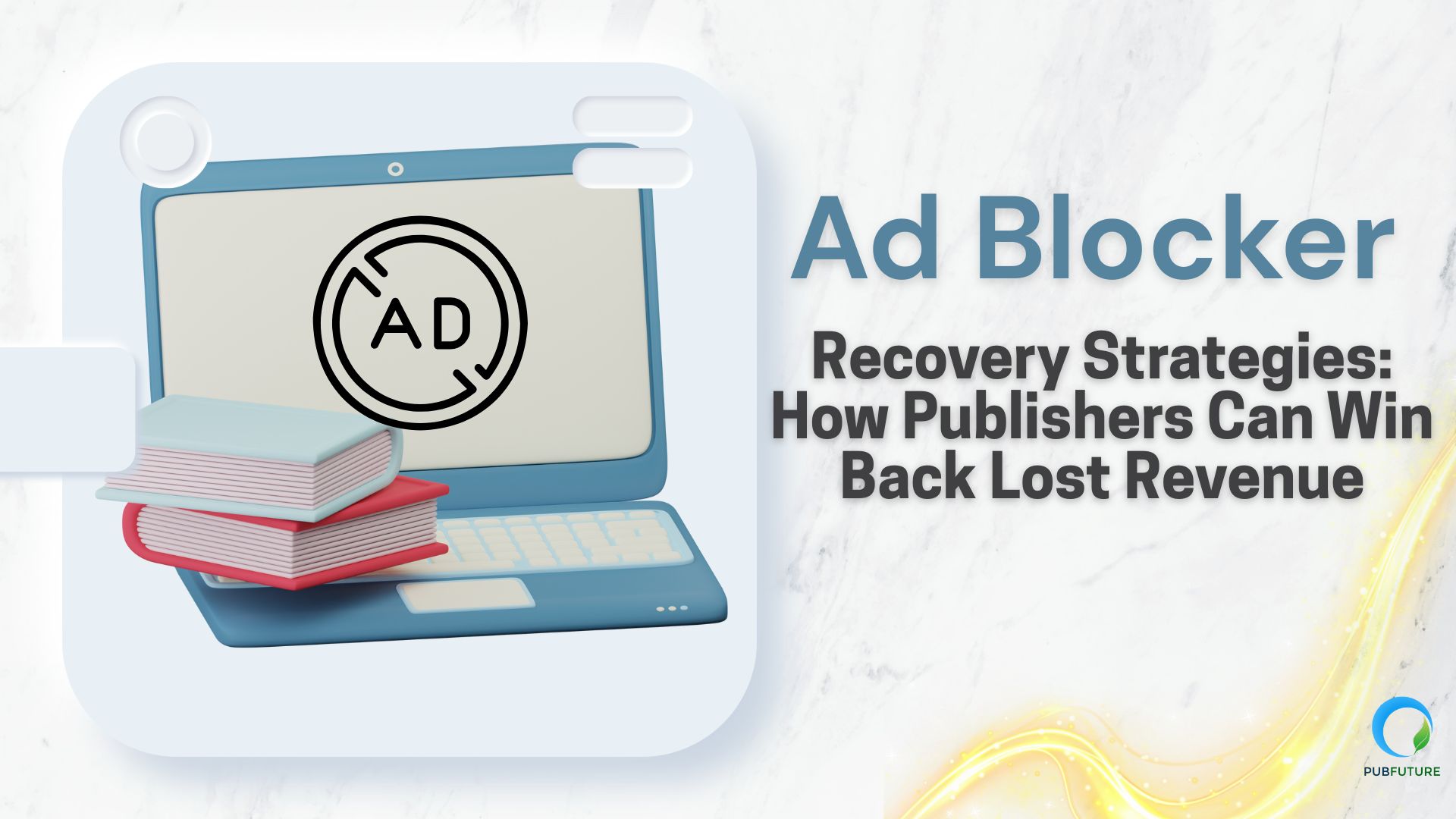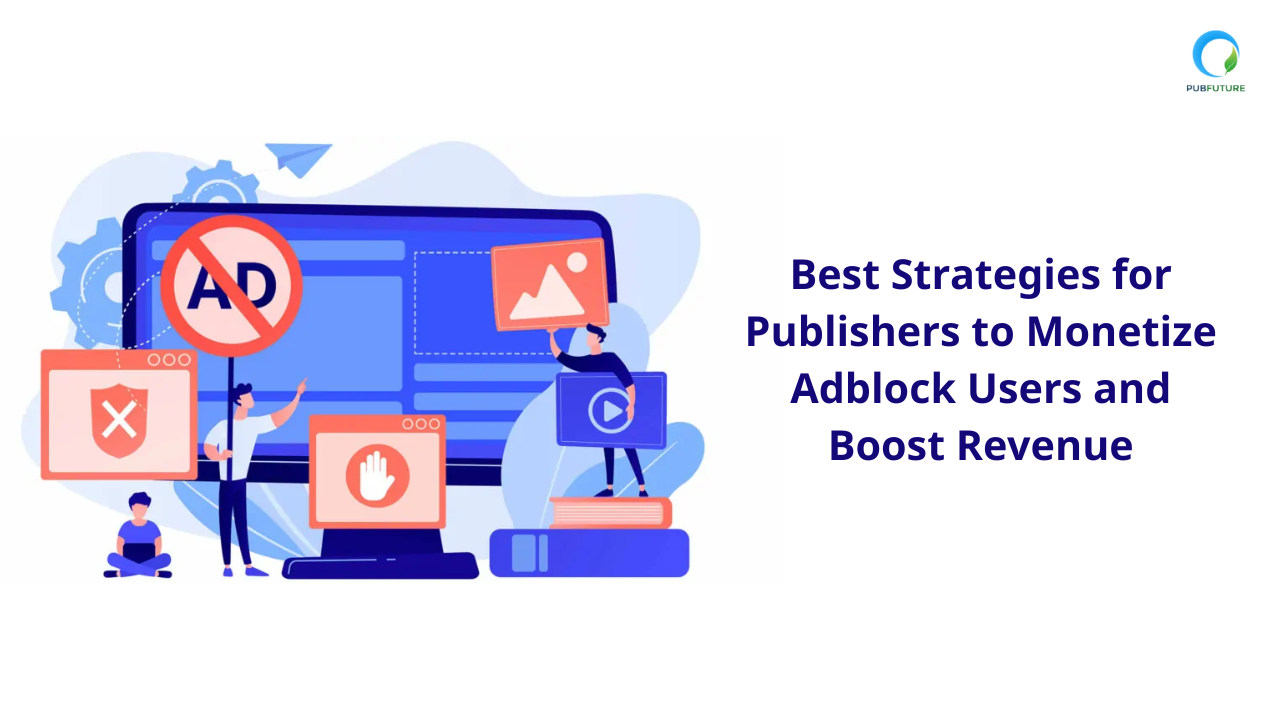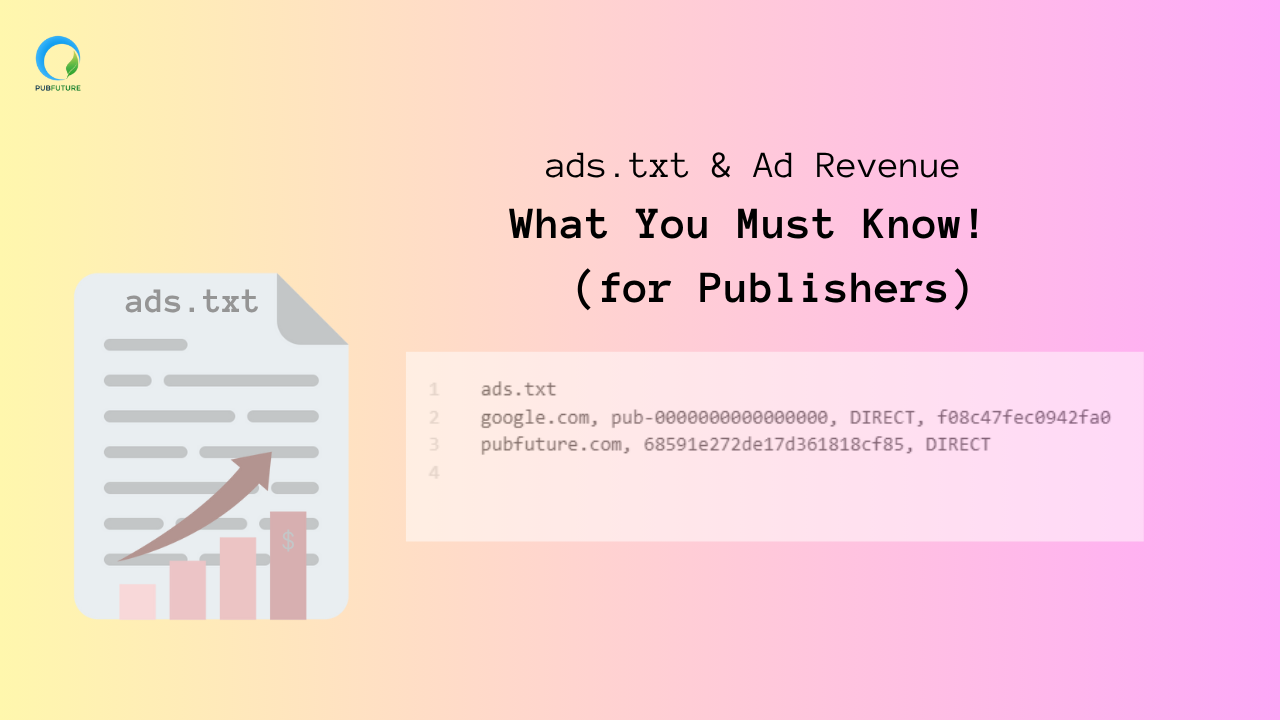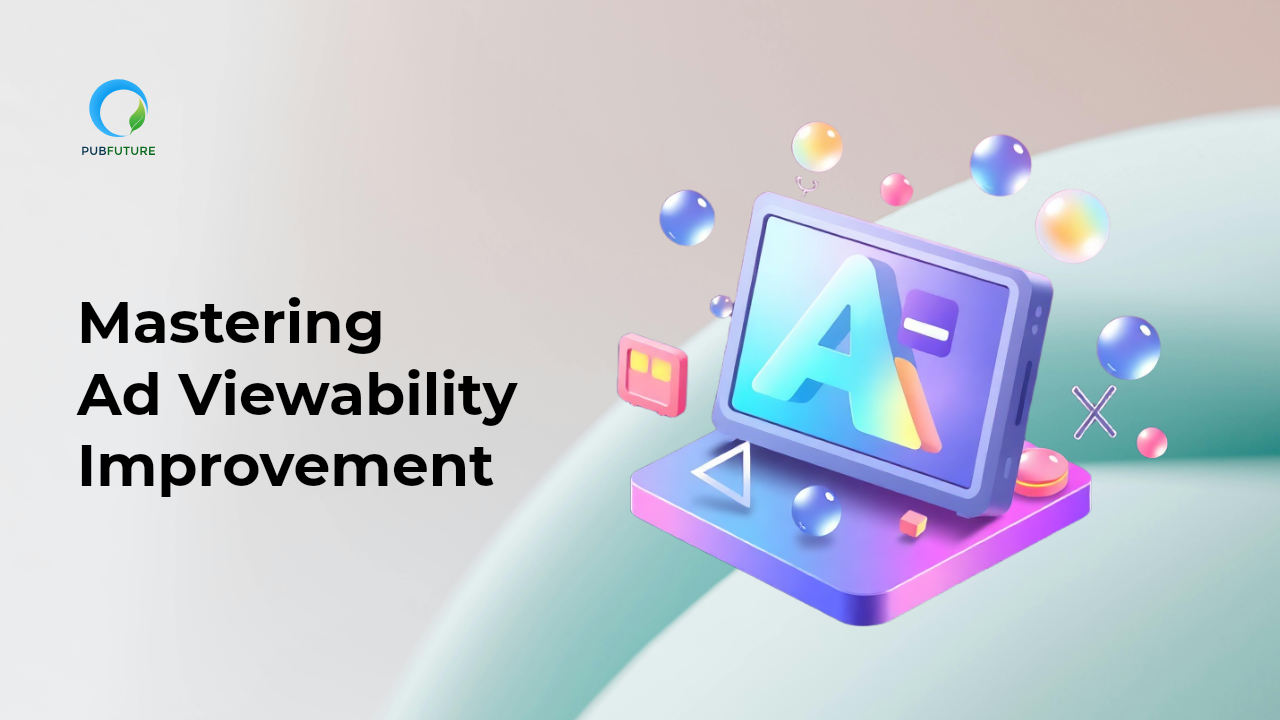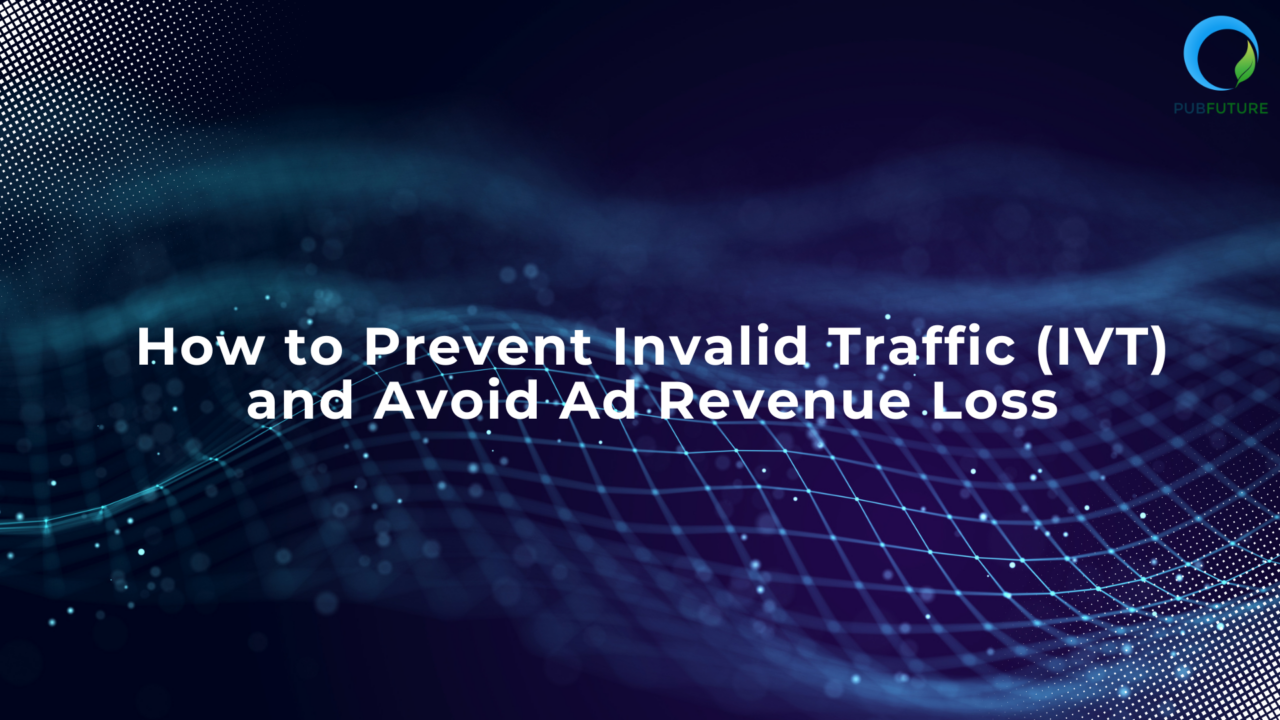Ad blockers have become a major challenge for publishers worldwide. Recent studies show that nearly 40% of internet users rely on some form of ad-blocking software, costing publishers billions in lost revenue each year. While the rise of ad blockers reflects user frustration with intrusive or irrelevant ads, it doesn’t mean publishers are powerless.
This article explores effective ad blocker recovery strategies that help publishers recover revenue, improve user experience, and build a sustainable monetization model. We’ll also look at how AI in programmatic advertising plays a critical role in maximizing ad revenue despite the challenges of ad blocking.
Why Ad Blocker Recovery Matters
Globally, 31.5% of internet users use ad blockers at least sometimes when online as of Q1 2024, GWI data shows.

Ad blockers were created to solve legitimate issues: slow-loading pages, intrusive pop-ups, autoplay videos, and privacy concerns. But for publishers, the impact is severe:
- Revenue loss from impressions and clicks blocked.
- Skewed analytics, since ad-block users often don’t appear in ad-related reports.
- Reduced advertiser demand, as inventory visibility drops.
Without an effective recovery strategy, publishers risk losing not just ad income but also long-term sustainability. High-quality journalism, blogging, or content platforms depend on monetization. Recovery isn’t just about money—it’s about keeping the internet free and accessible.
Key Ad Blocker Recovery Strategies for Publishers
1. Detect Ad Blockers and Communicate Clearly
The first step is understanding when users are blocking ads. Detection scripts allow publishers to identify ad-block activity and respond strategically.
- Polite messaging works best. For example: “We notice you’re using an ad blocker. Ads help us keep this content free. Please consider whitelisting our site.”
- Soft vs. hard approaches: Some publishers block content completely until ads are unblocked, but this often increases bounce rates. A softer request with clear value exchange (free content supported by ads) builds trust.
2. Offer Ad-Free Subscription Models
Subscription models are becoming increasingly popular:
- Freemium approach: Content with ads remains free, but readers can upgrade to an ad-free experience for a small fee.
- Membership perks: Beyond removing ads, publishers can offer exclusive content, early access, or premium features.
This strategy not only recovers revenue but also diversifies income beyond advertising.
3. Adopt Acceptable Ads Standards
One of the most effective long-term strategies is non-intrusive advertising. Many ad-blocking tools support the Acceptable Ads Standard, which allows less disruptive formats to pass through.
Acceptable ads usually follow these rules:
- No pop-ups or autoplay videos.
- Clearly distinguishable as ads (not disguised content).
- Respect user privacy and avoid excessive tracking.
👉 With PubFuture’s ad optimization, publishers can shift from intrusive banners to lightweight formats that meet Acceptable Ads guidelines while keeping CPMs high.
4. Use Native and Contextual Advertising
Native advertising blends into the editorial flow, providing value without disrupting the user journey. Unlike traditional banners, native ads often bypass ad blockers.
- Sponsored content and recommendation widgets fit seamlessly within articles.
- Contextual targeting ensures ads are relevant to the content—e.g., showing fitness product ads within a health article.
PubFuture supports both native ads and contextual targeting, giving publishers more flexibility to monetize content in a user-friendly way.
5. Leverage Direct Deals and First-Party Data
Relying solely on third-party demand sources is risky when ad blockers filter programmatic placements. Publishers can regain control by:
- Building direct advertiser relationships: Guaranteed campaigns are less likely to be affected by blockers.
- Collecting first-party data: Email lists, user profiles, and on-site behavior create valuable targeting opportunities without relying on third-party cookies.
Platforms like PubFuture integrate both premium demand sources and first-party data strategies, allowing publishers to recover lost revenue while maintaining advertiser trust.
Best Practices for Ad Blocker Recovery
When implementing recovery strategies, publishers should keep these best practices in mind:
1. Prioritize User Experience
The number one reason people install ad blockers is frustration with intrusive ads. Recovery should never mean bombarding visitors with more ads. Instead, focus on:
- Faster load speeds: Optimize ad tags and avoid heavy creatives.
- Non-intrusive formats: Native ads, sticky banners, and lightweight video ads.
- Mobile-first design: Ensure ads don’t disrupt scrolling or navigation.
2. Be Transparent with Your Audience
Don’t treat ad-block users as enemies. Instead, explain why ads matter: they support free journalism, help fund content, and keep platforms accessible. Use clear, polite messaging such as:
- “We rely on ads to keep our content free. Please consider whitelisting us.”
- “Support us by allowing acceptable ads or subscribing for an ad-free experience.”
Transparency builds trust, and trusted publishers see higher whitelist rates.
3. Test and Optimize Continuously
Different strategies work for different audiences. Publishers should:
- A/B test messages to see whether polite requests or content gating works best.
- Compare native vs. banner-heavy layouts for engagement.
- Track metrics like bounce rate, time on page, and recovered revenue.
4. Keep Compliance and Privacy in Mind
With regulations like GDPR and CCPA, publishers must ensure ad recovery strategies respect user privacy. Using first-party data and contextual targeting instead of invasive tracking helps publishers remain compliant while still serving relevant ads.
How PubFuture Supports Publishers
At PubFuture, we understand that publishers need more than just ads—they need sustainable, user-friendly monetization. Our solutions include:
- Lightweight, async ad tags → faster load times, less intrusive formats.
- Premium demand partners → higher CPMs across banner, video, and native.
- AI-driven optimization → smarter programmatic strategies for better yield.
- Transparent reporting → publishers see exactly what they earn, with no hidden fees.
By combining technology with publisher-first support, we help websites win back lost revenue in an ad-blocked world.
Conclusion
Ad blockers are here to stay, but that doesn’t mean publishers have to accept lost revenue as inevitable. With the right combination of ad blocker detection, acceptable ad formats, native advertising, direct deals, and AI in programmatic advertising, publishers can create a balanced strategy that respects users while maximizing monetization.
The future of publishing depends on adaptability. Those who embrace user-first monetization and smart technology will not just survive but thrive.
👉 Ready to recover lost revenue? Partner with PubFuture today and discover how our AI-powered monetization solutions can take your publishing business to the next level.




